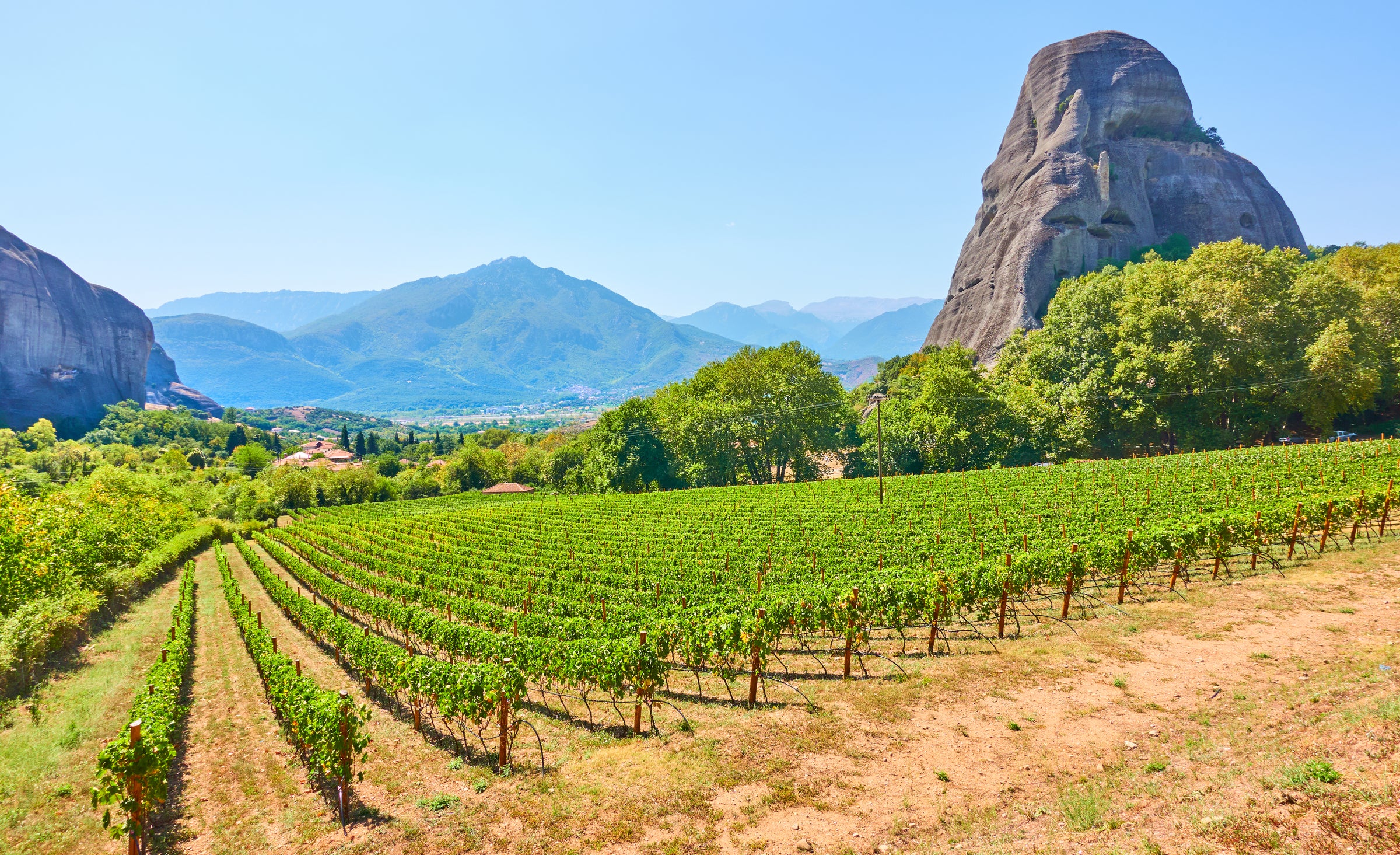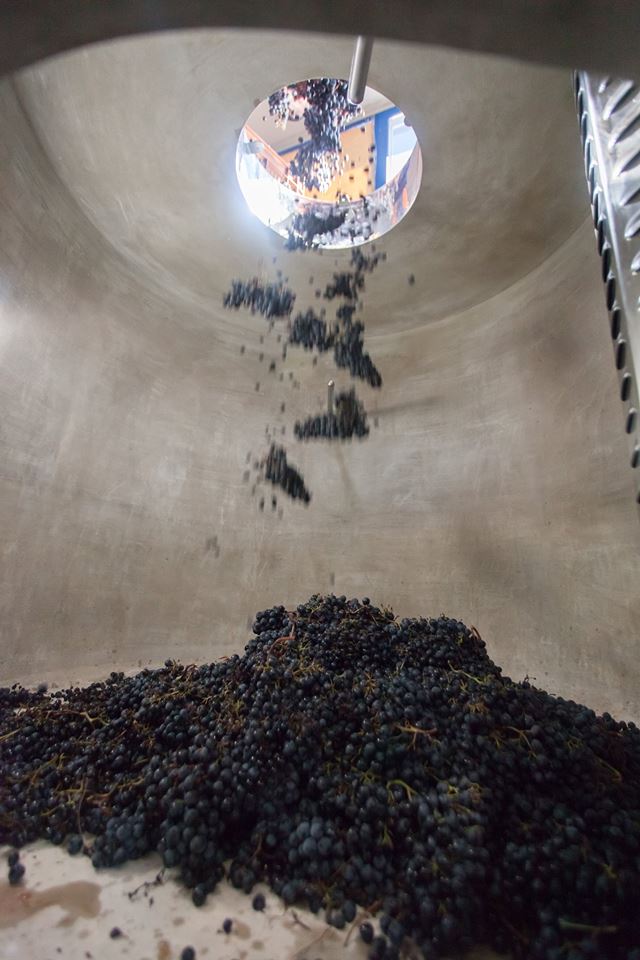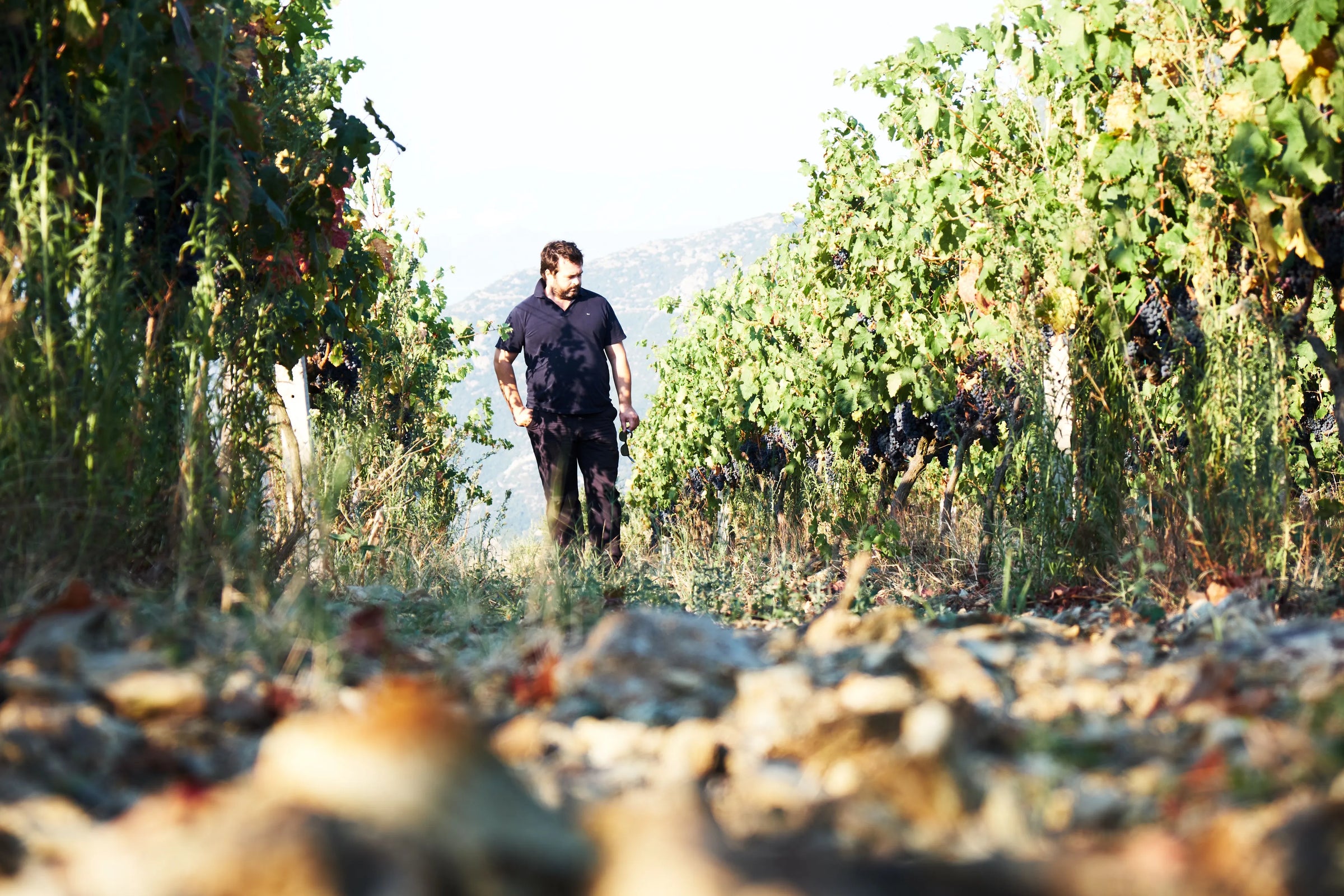[NOTE: This morning's offer of the 2014 vintage sold out in a flash, but we were able to secure a small batch of 2013—a little more age and a lot less quantity!]
Much to our chagrin, it’s been over three years since offering an Assyrtiko from Koutsoyannopoulos—it takes about that long to pronounce the name—so we couldn’t be more thrilled to roll out the 2013 today. It boasts layers of finessed, maritime minerality that explode through an ample body balanced by high acidity and mellow fruits that have been sunkissed.
Even still, their Assyrtiko is a truly incredible and relatively obscure bargain that always impresses a deep mineral footprint and long-lasting memories. When we first featured this producer four years ago, I claimed that their wines echoed this magnificent sense of place and delivered the best value of unoaked white wine on the market—and nothing has changed since then. The fact that these wines are still so undervalued perplexes me: Santorini has the volcanic intrigue, the scarcity (only a dozen or so producers on the island), the inimitable
kouloura vine training method, and surprising ageability in the bottle. Greece may not be your first thought when discussing the world’s greatest white wines, but experiencing this top expression of Assyrtiko will vault it to the top of your list.
Surrounded by the electric blue waters of the Aegean Sea, Santorini’s black volcanic earth is the product of an ancient volcano whose explosion dwarfed that of Mount St. Helens by more than 100 times in magnitude. One of the largest seismic events in earth’s history, the eruption of Thera left behind hundreds of meters of volcanic ash and the current-day crescent-shaped caldera (crater) poking out from the Aegean waters. This volcanic terroir is one of the major factors that define Assyrtiko’s incredibly unique flavor profile. Its smoky minerality, coupled with the lack of any groundwater on the island and its surrounding sea air, merge seamlessly to reveal a flavor profile that is totally inimitable. So how do the vines stay hydrated? Drop by drop, they soak up the condensation of mist that blows in from the sea, which creates the magnificent salinity in the wine.
Although wine is believed to have a 3500-year-old history on the island, with some current rootstocks that are conceivably older than 400 years (phylloxera is deterred by sandy soil), most of Santorini’s estates are relatively young due to the centuries-long Ottoman occupation. By Greek standards, however, Koutsoyannopoulos is a relic, having been established in 1880. Further, they have been a pioneer in reviving the island’s ancient vine-growing and winemaking traditions. Today, Georgios Koutsoyannopoulos is the fourth-generation winemaker to craft Assyrtiko from the family’s small estate. Vines are trained in the classic kouloura method, harvested by hand, and vinified traditionally with free-run juice. Meaning, the wine in this bottle wasn’t pressed! It was culled from the juices that naturally leaked out due to the weight of the grapes above them. After fermentation and a brief aging regimen in stainless steel tanks, the wine was quickly bottled to preserve its freshness. This 2013, just like the '14, was stored in a sunless, temperature-controlled environment since it was bottled.
Giorgos’ importer sums it up best: “Acidity and minerality are always the hallmark of the island, but an even more basic characteristic...is that savory mid-palate that balances the more unctuous elements of Assyrtiko with the leanness offered by its acidity.” That’s Koutsoyannopoulos in a nutshell. The 2013 is textured, mineral-heavy, and gorgeously aromatic, but shows a broader, waxier palate when compared to the 2014. It reveals intense Mediterranean influence in the glass, with volcanic rock, sea spray, struck flint, and crushed shells leading the charge. As the wine opens, beautiful citrus blossoms unfold, followed by almond skin, hours-old sliced green and yellow apples, yeast, and orange peel. The palate is full and mellow, with rich textures that sit heavy in the mouth—but high acidity cuts right through it! Serve it up in all-purpose white stems around 50-55 degrees and show off an impressive display with the attached grilled mackerel recipe and two chilled bottles of Koutsoyannopoulos. This has spring lunch written all over it. Enjoy!






